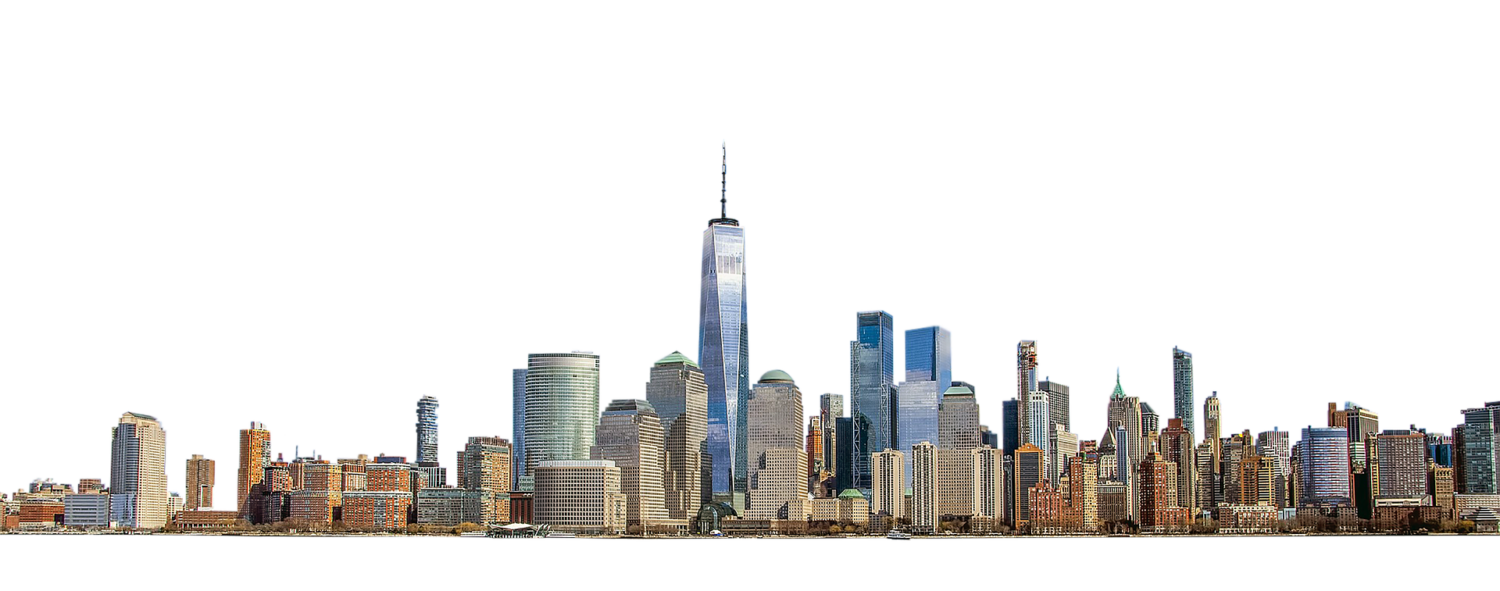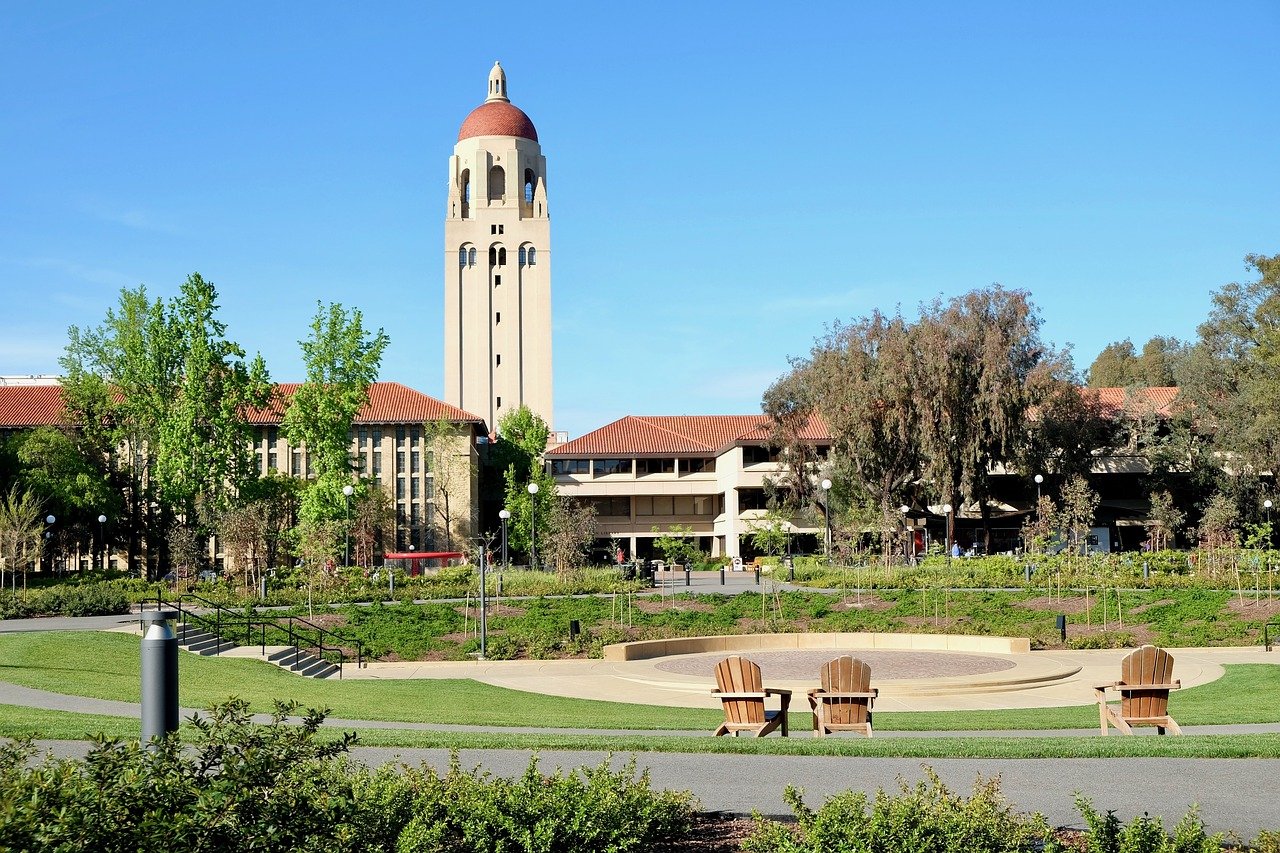Stanford University (SU), one of the most famous educational and research centers in the world, is one of the most advanced universities in the field of high technology and IT. Many Stanford graduates have founded their own commercial projects, which today generate billions of dollars in profits.
History of Stanford University
Stanford University was founded by former California governor and entrepreneur Leland Stanford. The businessman moved west during the gold rush and made his fortune building railroads. The university was created and named for Leland Stanford Jr., who died suddenly of typhoid fever at age 15 in 1884. A few weeks after the boy’s death, Leland Stanford told his wife, Jane, that he wished to perpetuate his son’s name, and now “the children of California shall be our children. The university campus was designed by architect and designer Frederick Law Olmsted, who also designed Central Park and Prospect Park in New York City.
Teaching began on October 1, 1891. From the earliest days of lectures, men and women were taught here together, a rather bold and progressive move for the time. The university survived the 1906 earthquake with serious losses: much of the campus was destroyed. The university experienced financial difficulties more than once.
In the 1930s, university professor Frederick Terman encouraged students and alumni to try their hand at what he called teaching enterprises. Many guys started their own firms near the university, and that is how the foundation was laid for Silicon Valley, the vast region that is home to the largest IT companies.
Stanford University infrastructure and location
Stanford University is located in the town of Palo Alto, a half-hour drive from San Francisco, California, USA, in the heart of the famous Silicon Valley. The campus, laboratories and other university buildings are located on 8,180 acres (more than 33 km²) of land. Stanford University has more than seven hundred buildings at its disposal, and its classrooms are equipped with the latest technology.
There are 18 independent laboratories, research centers and institutes on Stanford’s campus, and 20 libraries are available to students virtually around the clock. There are several hospitals and clinics near the campus, a church, a shopping center (with 140 boutiques and stores), and even an art gallery.
Stanford University’s Scientific Achievements
- Stanford University has more than 5,000 research and scholarly projects sponsored by investors and patrons.
- In 2013-2014, $135 billion was allocated to the university’s projects. Most of the projects are funded by the federal government.
- In 2013, a computer that runs on carbon nanotubes was created here.
- Stanford University researchers created four “artificial synapses” on a silicon chip.
- University specialists are working on a new generation of lithium-ion batteries.
- The university has created self-cooling solar cells.
- Stanford University is conducting promising developments in the application of stem cells.
- Stanford medical students are taking part in an interesting experiment: since 2014 they have been operating with Google Glass glasses.
- In 1971, the Department of Psychology’s famous Stanford Prison Experiment was conducted. Psychologist Philip Zimbardo created prison conditions within the walls of SU and investigated how the average person reacts to complete restraint.

